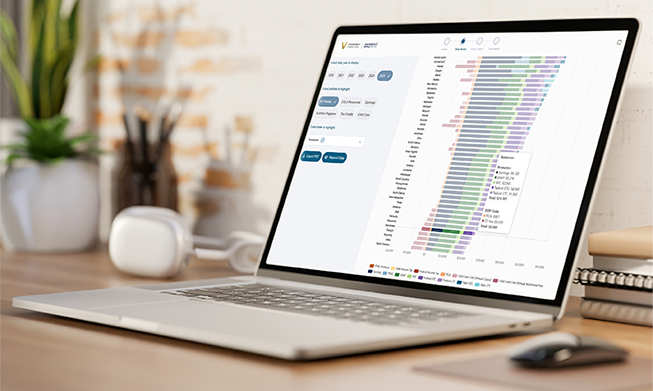Rigorous causal research demonstrates that paid family leave programs have positive impacts on the economic security of families, as well as parent and child health. In 2023, a bipartisan group of Pennsylvania lawmakers introduced H.B. 181 to create a new paid family and medical leave program, providing leave of up to 20 weeks. In collaboration with Children First of Pennsylvania, we evaluated the program’s potential impact on beneficiaries, employers, and the commonwealth.
Our estimates indicate that paid bonding leave would yield substantial returns. Working families with infants would benefit from lower health care and child care costs, increased employment and household income, and direct benefit payments from the bonding leave program. The Commonwealth of Pennsylvania stands to gain from increased sales and income tax revenue, decreased spending on state-sponsored health care and non-parental infant care, and other benefits. The annual societal benefits of bonding leave would outweigh its costs, with an estimated ratio of 18 to 1.
Recommended Citation
Osborne, C., Whipps, M., Nair, V., Haralampoudis, A., & Huffman, J. (2024). Benefit-Cost Analysis of Pennsylvania Paid Family Leave Program proposed in H.B.181. Prenatal-to-3 Policy Impact Center, Vanderbilt University Peabody College of Education and Human Development.
© March 2024, Prenatal-to-3 Policy Impact Center, All Rights Reserved. The Prenatal-to-3 Policy Impact Center at Peabody College of Education and Human Development, Vanderbilt University translates research on the best public investments into state policy actions that produce results for young children and society.



